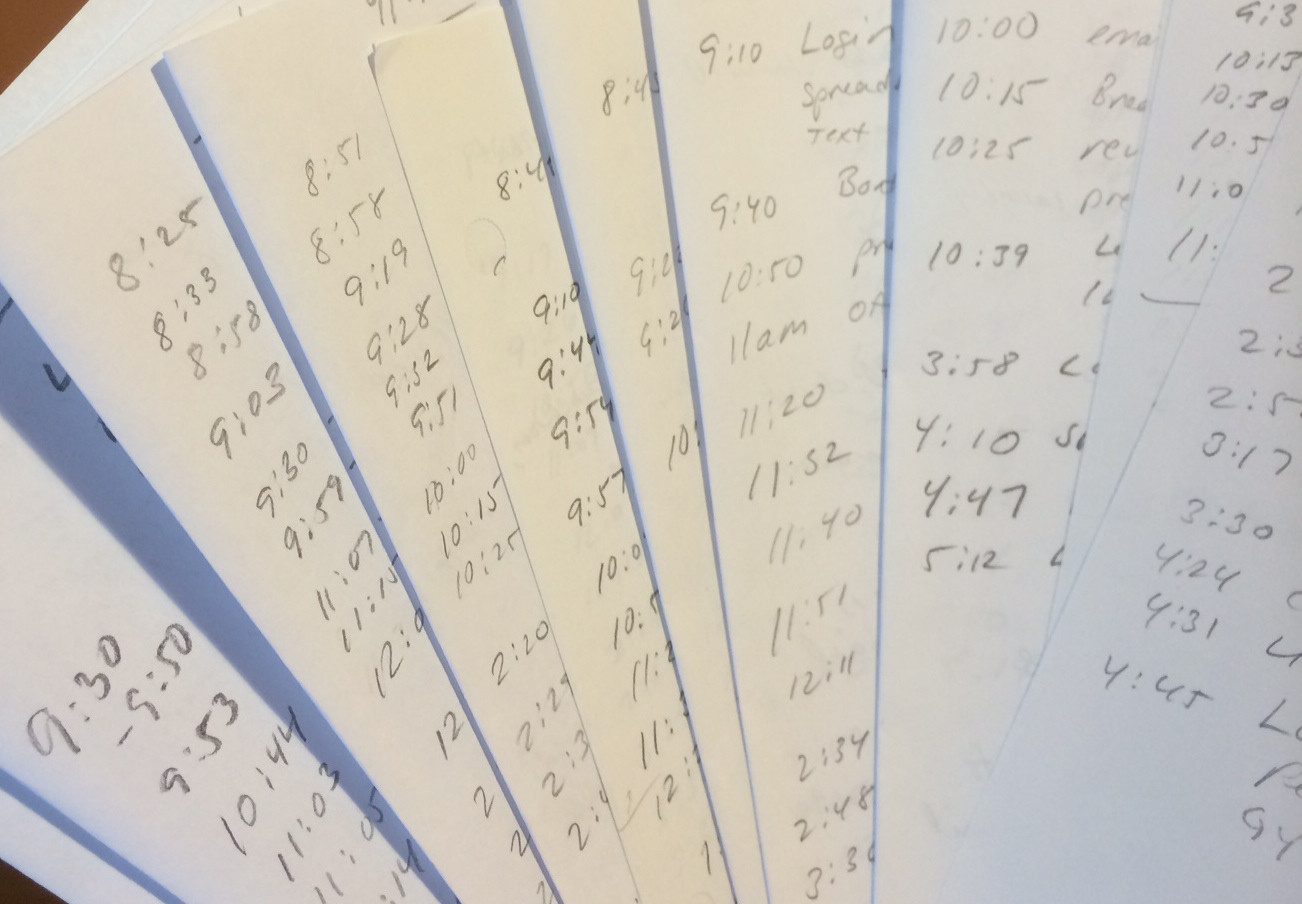Dystopia. Noun. 1: An imaginary place where people lead dehumanized and often fearful lives. 2: Anti-Utopia.
Apocalypse. Noun. 1: The complete final destruction of the world.
2: An event involving destruction or damage on an awesome or catastrophic scale.
My imagination has been for some time residing, happily, in one dystopia or post-apocalypse after another. Those worlds are created by sci-fi authors weaving tales as warnings to our acerbic times, and they can be ripping great stories. (If all politics are local, then all sci-fi is current events.)
Zombie-viruses, regular Pandemics, Nuclear War – each of these present two common results:
- Break down in the physical and social constructs of society
- Massive and rapid loss of life (with or without the ‘undead’), followed by a story detailing…
a. Immediate aftermath, or;
b. A future belonging to the adapted.

The 1983 ABC television movie The Day After simultaneously whet my appetite for post-apocalyptic stories, and scared the living daylights out of me. Scarred for life, really. I was 10 years old and at that time America and the USSR were still in a deep freeze. I don’t think my mother could ever adequately reassure me that a hail of nuclear warheads were not, imminently, en route.
After that, the idea that our idyllic life could be suddenly and irrevocably erased both intrigued and terrified me. The Road Warrior and Mad Max movies didn’t help.
Pat Frank’s Alas, Babylon explores the immediate aftermath of the zero sum game of nuclear war, and Walter Miller’s A Canticle for Leibowitz explores that aftermath 600, 1,000, and 1,800 hundred years later. Both, interestingly, were published in 1959, arguably the height of the Cold War. We were afraid of scorched earth.
Then, we were afraid of asteroids (Deep Impact, Armageddon), aliens (Independence Day), and global warming (The Day After Tomorrow). Apparently, we’re doomed no matter what.
More recent works reflect how the human condition now fears for its demise: Pandemic. I.e.: we make ourselves so sick that we lose it all. Margaret Atwood skewers the seedy dark side of technology and bioengineering in her MaddAddam trilogy. Good science fiction wraps the story in a kernel of truth, and Atwood’s dystopia and eventual immediate-aftermath post-apocalyptic world is a constellation of prescient truth-kernels. She scares me. I love it.
Emily St. John Mandel’s Station Eleven, just published this past fall, takes on pandemic by telling of the immediate aftermath and the adapted future in concurrent story lines. This story takes a softer tactic of accepting the destruction of society, salvaging what we can, moving on to create something new, and what that means. The plot seems plausible, and hopeful.

Then, of course, there are the variations on Zombie Apocalypse beginning with George Romero’s 1968 film Night of the Living Dead, and encompassing more recent zombie-esque flicks Dawn of the Dead, 28 Days Later, I Am Legend, and World War Z, a book and a film (and two different, albeit both appropriately terrifying, stories, if you ask me). Zombieland and Shaun of the Dead both offer silver lining-touches of hilarity to a society overrun by undead. Television’s Walking Dead imbeds the genre in our everyday. Why are we so afraid that the dead won’t stay dead?
The book I just started reading, One Second After, is about high-atmosphere nuclear detonations unleashing a continent-wide Electromagnetic Pulse that stills every bit of electronics. There is no scorched earth, fallout, or lurching undead to contend with in this story.
So far, the horrors are confined to how vulnerable society and humans are without electrical current. No lights, no refrigeration, cell phones dead, cars dead, anything relying on circuitry instantly dead. (Sidebar: That we would really be screwed is more shocking when you consider that the modern electrical grid, and our modern society as a result, is only about 50-75 years old. Humankind acquiesced to modern convenience rather quickly.) I suspect those horrors will be supplanted by what humans can, and will, do in the aftermath of a social catastrophe.
Why do authors and filmmakers continue to tell these stories? What’s so wrong with our worlds – local and global – that imagining it nearly unlivable is escapist entertainment?
Why do I continue to return to worlds where society and life as we know it is destroyed? Aside from the sense that my life changed irrevocably a year ago, leading me into a landscape where I have sometimes felt that fighting for life is a daily concern, I can’t imagine why. Maybe I am subconsciously comforted by dystopian and post-apocalyptic storylines. All of it is about SURVIVING.
At least I didn’t have to chop off zombie heads or forage smoldering, moldering retail plazas for basic necessities.
Could I survive? Would I survive? Not sure about zombie plagues or nuclear firestorms, but I am writing to you from my own personal post-apocalypse.
I’m still here.
Note: Bird Box and The Hunger Games trilogy get an honorable mention. The former for its brilliance in creating an unknown society-destroyer, and the latter for imagining a dystopia so complete, and showing us what it takes to undo it.

 Bad Medicine
Bad Medicine

I KNOW!!! I SAW YOU!!! 🙂 You look MARVELOUS. There are much scarier things than the future, Terra. I’m reading the 1660 to 1669 diaries of Samuel Pepys. Gritty realism writ LARGE. Right now they are quartering regicide traitors and hanging the body parts all over town. People go up onto thier roofs to get a really good view of the piked heads. His diaries cover the plague and burning of London as well as the restoration of monarchy. Truth is more riveting than fiction!
When I took European history 1 & 2 in college, my professor would mention Samuel Pepys every class. Maybe I should switch gears and read Pepys…you’re right, not dramatically different from what I’m reading now! And, thank you…it was so nice to run into you last night!
marvelous reviews . . . and wonderful to see a new post!
Happy New Year, Terra